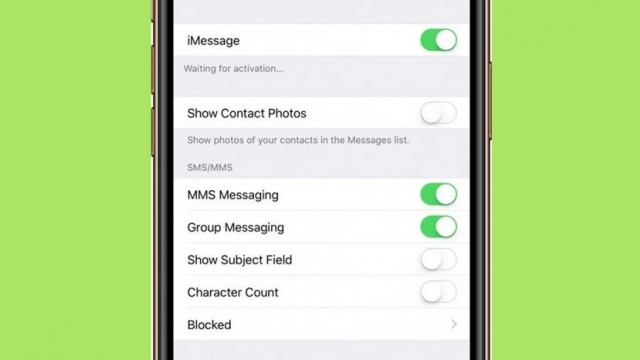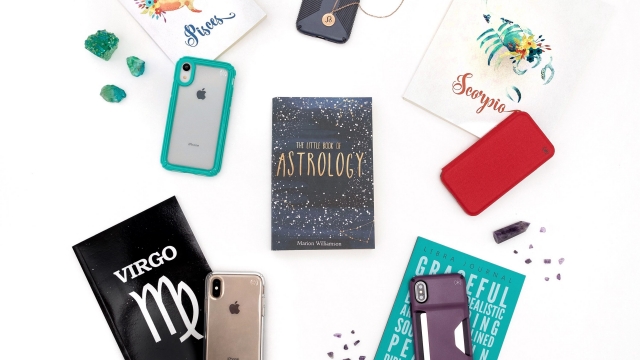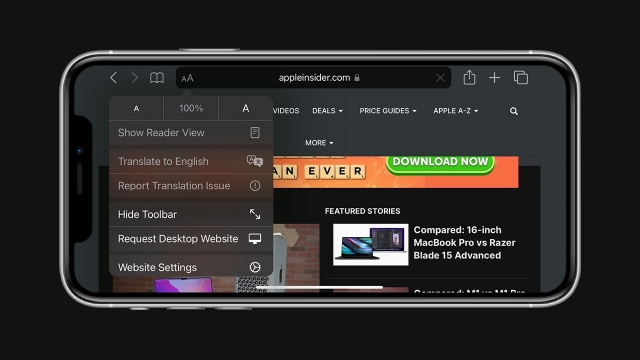
During the last few months, we’ve seen an influx of news regarding the upcoming Apple iPhone 13, as well as the iPhone 14. However, what will be the difference between the iPhone 13 and iPhone 14? The answer isn’t going to be clear until the phones themselves are announced. So, before you go to your local Apple store and spend your hard-earned money on a new phone, let’s examine a few of the most important features of both models.
iPhone 13 vs iPhone 14
Despite all of the talk about the iPhone 13 vs iPhone 14, the two devices are very similar in many ways. Both feature the same A15 Bionic chip, which means that the performance is essentially the same. The two models also have similar design and features.
Both iPhone 13 and iPhone 14 are water resistant, so they should withstand accidental spills. Both phones have MagSafe and fast charging.
Both devices also feature Apple Pay. Apple is also touting the improved low-light performance of the iPhone 14’s camera, stating that the new computational photography feature provides up to 2x improvement in low-light photography.
The two devices also share the same screen size. They feature the same 6.1-inch OLED display with a resolution of 1242 x 640. The display features True Tone support, which adjusts the white balance to suit ambient light.
iPhone 13 Plus vs iPhone 13 mini
Whether you’re looking for a new phone or want to upgrade from your old phone, you can’t go wrong with the iPhone 13 or iPhone 13 mini. They’re both good phones for both teens and adults, and they’re available in a wide range of colors. Whether you’re looking for a phone that’s fun and bright, or one that offers more durability, you’ll find a great option here.
Compared to the iPhone 14, the 13 offers a smaller notch, a brighter screen, and a larger battery. It’s also $100 cheaper at an entry level. If you’re looking for a high-quality phone for video, it’s a great deal.
The 13 offers a glass back and shiny metal edges. Both the iPhone 13 and 13 mini have anodized aluminum frames. They’re also available in seven colors.
Battery life
Using Apple’s new A16 Bionic chip, iPhone 14 and iPhone 13 models are designed to improve battery life. Both devices can reach up to 50% charge in 30 minutes.
Apple’s latest flagships are designed to last for up to three days on a single charge. iPhone 14 Pro models come with the option of a 1TB of storage. The new chipset is a big improvement over the A15 Bionic chip that was found in the iPhone 13 Pro.
The new iPhones have larger batteries and upgraded display technology. In addition to the new chip, the new iPhone models are available with up to 512GB of storage. Those models also come with Qi wireless charging and MagSafe charging.
Both the iPhone 13 and 14 can support up to five hours of video playback. However, iPhone 14 Pro models have a slightly longer battery life than the iPhone 13 Pro.
Camera
Compared to iPhone 13, the iPhone 14 offers more camera features. However, it also has a few minor differences. Both phones feature a dual-12MP rear camera, but the iPhone 14 has a larger sensor. It’s also got a new Photonic Engine computational system that helps improve low-light performance. Apple claims this new feature is a “giant leap” for low-light photography.
The new main camera sensor is a 48-megapixel quad-pixel sensor. This is twice as large as the sensor on the iPhone 13 Pro. The sensor is also a second generation design that allows for better photo processing.
The iPhone 14 also features sensor-shift optical image stabilization for clear, steady shots. The TrueDepth camera also has improved autofocus and a wider aperture.
5G connectivity
Despite their similarities, the iPhone 13 and 14 vary a lot when it comes to their 5G connectivity. It depends on which iPhone model you choose, as well as your carrier. The difference between the two models is largely down to hardware.
The iPhone 13 uses a Snapdragon X60 modem, while the iPhone 14 uses a Qualcomm Snapdragon X65 modem. This means that the new iPhones support both mmWave and sub-6GHz frequencies, which means that they can theoretically reach download speeds of up to 4Gbps. However, there’s no guarantee that the 5G connectivity will work as smoothly as you want. It also depends on where you are. For example, if you live in the U.S., you’ll be able to use the iPhone on T-Mobile’s 5G Ultra Wideband network. However, if you live in Canada, your iPhone will be limited to Verizon’s midrange C-band portion of its network.




